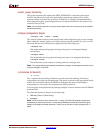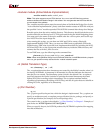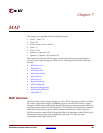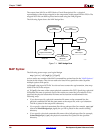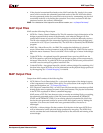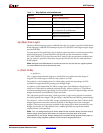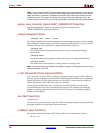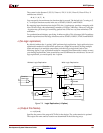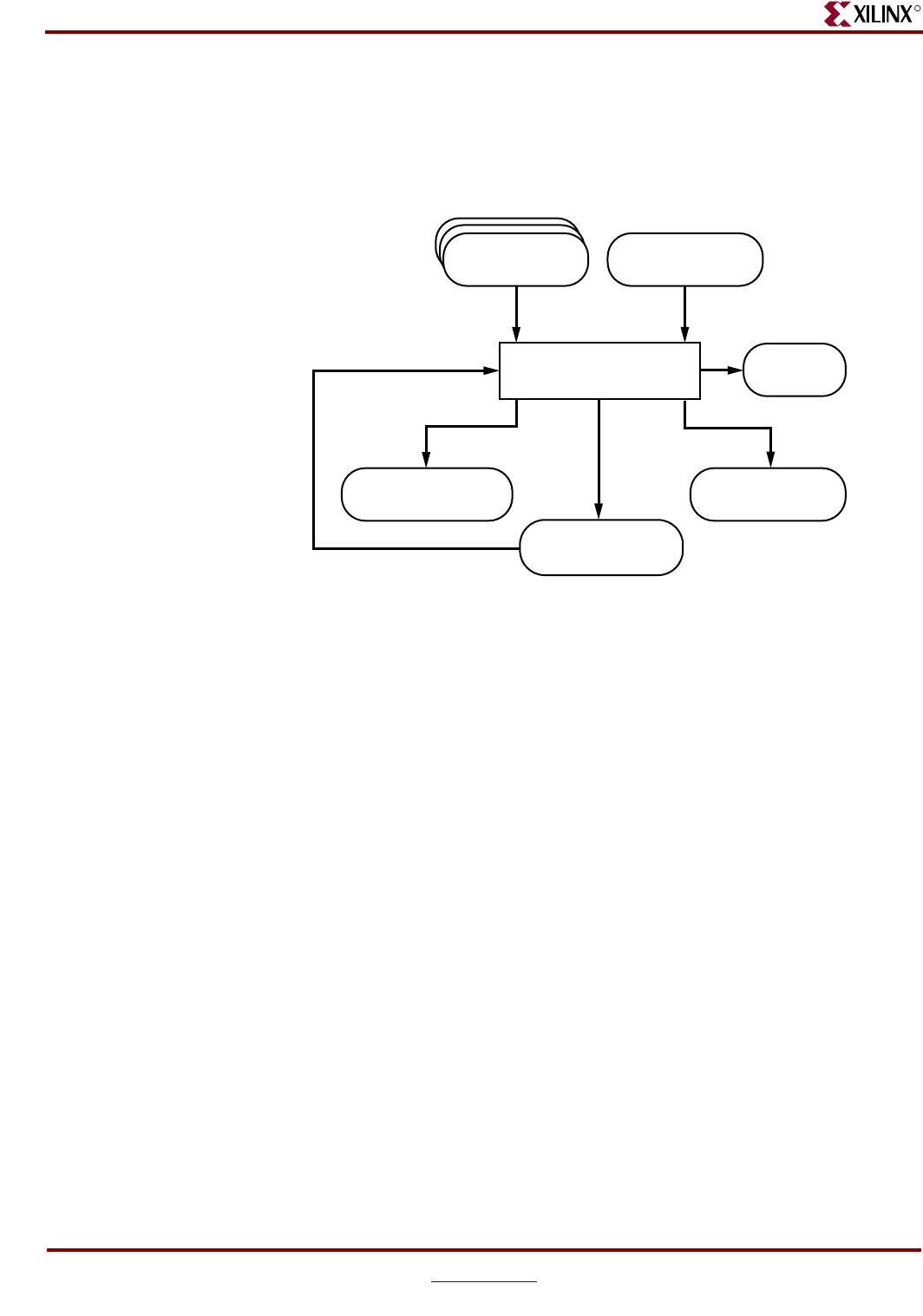
130 www.xilinx.com Development System Reference Guide
Chapter 7: MAP
R
The output from MAP is an NCD (Native Circuit Description) file—a physical
representation of the design mapped to the components in the targeted Xilinx FPGA. The
mapped NCD file can then be placed and routed using the PAR program.
The following figure shows the MAP design flow:
MAP Syntax
The following syntax maps your logical design:
map [options] infile[.ngd] [pcf_file[.pcf]]
options can be any number of the MAP command line options listed in the “MAP Options”
section of this chapter. They do not need to be listed in any particular order. Separate
multiple options with spaces.
infile[.ngd] is the input NGD file. You do not have to enter the .ngd extension, since map
looks for an NGD file as input.
pcf_file[.pcf] is the name of the output physical constraints file (PCF). Specifying a physical
constraints file name is optional, and you do not have to enter the .pcf extension. If not
specified, the physical constraints file name and its location are determined in the
following ways:
• If you do not specify a physical constraints file name on the command line, the
physical constraints file has the same name as the output file, with a .pcf extension.
The file is placed in the output file’s directory.
• If you specify a physical constraints file with no path specifier (for example, cpu_1.pcf
instead of /home/designs/cpu_1.pcf), the .pcf file is placed in the current working
directory.
• If you specify a physical constraints file name with a full path specifier (for example,
/home/designs/cpu_1.pcf), the physical constraints file is placed in the specified
directory.
Figure 7-1: MAP design flow
X10247
NMC
Macro Definition
NGD
Generic Database
MRP
MAP Report
NCD
Circuit Description
(Mapped)
PCF
Physical Constraints
Guide File
NGM
MAP




